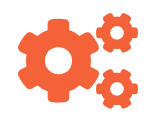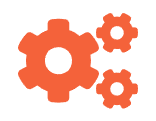We’ve got what you need!
At Bluechip AI Asia, we are a team of visionary AI experts, driven by a singular goal: to harness the power of artificial intelligence to transform the way people live and work. We pour our passion, creativity, and expertise into crafting cutting-edge solutions that not only meet but exceed expectations. Our work is built on the belief that technology should feel like magic—smooth, intuitive, and profoundly impactful. Creating truly exceptional AI-powered software is not easy, but it’s the challenge we embrace with enthusiasm. We know that with every innovative product we build, we’re leaving a lasting mark on the world—one that simplifies, elevates, and inspires. At Bluechip AI Asia, we are reaching for the stars, and we’re excited to bring you along for the journey.
Get Started!
















